This post may contain affiliate links. Please see our disclosure policy.
How to Start a Food Blog: learn how to start a food blog in just 6 easy steps. Get food blogging tips, advice and resources to start a successful food blog!
4 years ago, I started a food blog. I had no idea where it would lead. In fact, I thought it wouldn’t lead anywhere. At all.
But for years and years, people told me, “You should start a food blog!” “You’d be soooo good at it!” “Have you ever thought about starting a food blog?” You might’ve heard these statements once or twice, or all the gosh darn time.
You might think that they’re unrealistic and just a dream. But guess what? They’re not. Starting your food blog, and making it a success, is realistic.
Should I Start a Food Blog?
But if you’re unsure and looking for one of the surefire signs that you should start a food blog, think about how you spend your free time. Are you constantly thinking about food, creating/improving recipes and cooking & baking any chance you get?
Way before I even signed up for a domain or ever dared to dream about having my own food blog, I was incessantly and annoyingly always cooking/baking up a storm and taking photos of what I made. Erik and I would pore over the pics I took on my iPad, making sure to send just the “best” ones to my sisters and friends.
But I never thought it would turn into anything. I thought starting a food blog, and maintaining one, would be virtually impossible. I thought making a living off of food blogging was just a dream.
Is Starting a Food Blog & Making Money Realistic?
I’m here to tell you: it’s REAL. In less than 2 years, my beloved little ol’ blog (who I thought no one would ever care to see/visit/try the recipes on/or even knew existed) clocked in over 7 million views. In less than 2 years, I grew a following of over 60,000 on Instagram, 55,000 on Facebook and more.
In 4 years, our blog (now that Erik has joined me full-time) has gained over 22.2 million pageviews, 124,000 Instagram followers, and over 80,000 Facebook fans.
More importantly, I made a living off of this… dream.
And I’m so glad I took the leap.
If you don’t think you can, if you don’t think it’s “realistic”: I’m here to tell you, it is. All you have to do is start.
All you have to do is try.
Here are the first steps to turning your dream into a reality…
How to Start a Food Blog: a Quick & Easy Tutorial
All the basics you need to know about starting a food blog, including tips and hints!
In this tutorial, I’ll go over the step-by-step process on how to start a food blog. I’ll be focusing on using Bluehost, a very popular web hosting company. I recommend Bluehost because it’s widely-used, super affordable, and the industry-standard for starting a food blog.
How to Start a Food Blog: Step One
Pick a Name for Your Blog & Domain
Now, for the fun part! Pick a name for your blog—this will be your domain name. Pick a name that has meaning to you, is positive and memorable. Then, use a domain name search tool to see if it’s available. Here’s a free, handy one from Bluehost: Domain Availability search engine.
How to Start a Food Blog Hint #1: Pick a name that isn’t similar to anyone else’s. You don’t want to run the risk of being confused for another blog. After running a quick search using Bluehost’s easy domain availability tool, check social media, like Instagram and Facebook, to make sure the handle you want isn’t already taken.
How to Start a Food Blog: Step Two
Pick a Web Host
Now it’s time to pick a web host for your food blog! The web host is where your food blog will live. It’s space on a server—the server will “host” your site for any and all visitors that come by via the grand internet. Below, I’ll go through the steps for signing up for a web host using Bluehost.
- Start here: Bluehost. Head to Bluehost.com and click on the green “Get Started now” button. From here on out, Bluehost will guide you through super easy steps.
- Pick a plan
Signing up for web hosting can be costly, especially when you’re looking for a reliable host that can keep your site up and running smoothly. That’s why I’ve worked with Bluehost, who already offer some of the best web hosting around, to bring you some amazing savings. You can get hosting for as little as $3.95/month by signing up here.
- Check your domain or transfer an existing one!
If you haven’t yet, search your desired domain name. Bluehost will guide you through this process. It’s free and super quick!
- Register your domain for free
Once you’ve confirmed that your desired domain/food blog name is available, it’s time to register it. (Quick, before someone else snatches it up! J/k… but not really.)
Follow the guided steps on Bluehost and complete registration.
CONGRATS!! You have your very own domain now–the most important 1st step to starting a food blog. How does it feel? Good, right? Make that… really good! Onward and upward!
How to Start a Food Blog: Step Three
Install WordPress
The next step to starting your food blog is installing WordPress. WordPress is a content management system. Okay, that doesn’t mean much. In human speak, it’s a blogging software that provides an easy interface to help you blog! They help format everything in a visual way that’s easy to understand—so you don’t have to code everything by hand (nightmare!!) for your food blog.
How to Start a Food Blog Hint #2: The great thing about installing WordPress is that it’s 1-click on Bluehost–meaning you literally just have to click once to get it installed. Woohoo!
How to Start a Food Blog: Step Four
Pick a Theme for your Food Blog
Now, you can do one of two things:
- Choose a free theme and get started!
- Pay for a theme and look professional ASAP.
I’m not gonna lie, when I started, I seriously considered using a free theme to save a few bucks on my food blog. I even scoured the internet looking for ways to customize the heck out of said free themes to “disguise” them from looking, well, free. But that turned out to be way more work than was worth saving those few extra bucks. Plus, when you’re starting a food blog, you have so many things to keep track of–why add learning to code in there?!
Here’s what I signed up for, and what I continue to use to this day (as of publish date):
- Genesis Framework by StudioPress (parent theme)
- Foodie Pro (child theme)
Why’d I pay for both Genesis and Foodie Pro? Simply put: they made my life aka food blogging way easier and better looking. And, they are two different things–both necessary.
If you’re sitting there like, what the heck is a Genesis Framework? And why Foodie Pro? Let me explain.
The Genesis Framework is a parent theme. It’s like the frame of your house—you don’t see it, but its solid frame is crucial to your home’s stability. Genesis is a clean, simple framework that’s used by the biggest food blogs in the world. Its search-engine-optimized infrastructure allows you to have the solid foundation to create a successful food blog.
Foodie Pro is the child theme/aka the walls, paint and pretty flooring that you put on top of the Genesis Framework. I picked Foodie Pro because of its sleek, clean and modern design. I knew a lot of people used it, and thus, I’d easily be able to find tutorials on how to customize it. I also loved how it looked straight out of the box.
How to Start a Food Blog Hint #3: Pick a theme that looks 95% like what you already want. It is a huge headache to customize themes, so you want to pick something that’s pretty much ready to go! You can learn how to customize it later on.
How to Start a Food Blog: Step Five
Install Plugins
Here’s another fun part! Not to worry, it’s the second to last step in starting your food blog. So… if the parent theme is a house’s frame, and the child theme is the walls, paint and flooring, then plugins are the fixtures and lighting. Quick: who’s craving some HGTV right now? Plugins are easy to install and crucial to adding fun and useful touches to your blog. Here are a few super helpful ones:
JetPack: an entire suite of useful tools custom-made specifically for WordPress. Pretty much everyone uses this!
Tasty Recipes: a very robust, yet super easy to use, recipe plugin. This allows you to have more control over the formatting of your recipes–which means they’ll look nicer and be easier for your readers to understand.
Spam Comments Filter: automatically filters out spam comments, so you don’t have to!
Subscribe to Comments Reloaded: this nifty plugin sends an email every time you respond to a reader comment. This lets them know that you’ve responded, and brings them back to your blog!
How to Start a Food Blog: Step Six
Publish!
Now you’re ready to go! You just finished learning how to start a food blog. Whoop whoop! Now you can write your first blogpost, your first recipe, and take your first food pics for your brand new food blog. Set a schedule and stick to it. Don’t worry too much about customizing your theme to perfection, or finding just the right plugin. Focus on publishing first, and doing the fancy extra stuff later. Good luck!
RESOURCES for Starting a Food Blog
Here are a few of the tools (both physical and online) that I’ve used to build this blog into what it is today.
Online Tools & Services for Food Blogging
- AWeber Email Marketing and ConvertKit Email Marketing – two amazing tools for building a list of email subscribers. As you start food blogging, you’ll learn that having an email list & engaging with everyone on it is super crucial. The best part about these tools is that you can set them up to automatically send readers emails whenever you publish a recipe.
- Adobe Photography Plan – So, so crucial to creating beautiful food photography that entices your readers. This plan bundles together Lightroom and Photoshop (two essential programs for editing photos and creating graphics such as Pinterest pins) at one low monthly price.
- MeetEdgar & Buffer – two invaluable tools that allow you to write and schedule content for your social media accounts ahead of time. One of the biggest timesavers I can recommend.
- Tailwind – a total must for promoting your food blog on Pinterest, so you don’t have to manually schedule your pins every time. It also has an Instagram feature.
- PushEngage – gives you the ability to send push notifications about new food blog posts directly to your readers in their web browsers.
- QuickBooks Online – Best for when you get truly serious about making your food blog a business. Erik and I use this business organizational tool for tracking food blog expenses, payments to virtual assistants, or invoices to clients. And come tax season, it’s there with all of our numbers ready to go!
Food Photography Equipment
- My Current Camera & Lens (2019 & on)
- My Past Camera & Lens (2016-early 2019)
- Tripod
- Artificial Lighting
I used to not be a believer of artificial lighting. And now I am. Like x 1,000. I used to think that only natural lighting would yield beautiful, natural photos. Unfortunately, that was not the case, and it caused so many bouts of stress–imagine waiting for the perfect time & day, when the sun is exactly at the right spot to take one perfect photo. Ugh! And if it doesn’t work… you have to make all your food again, then reshoot again. Blergh. With this incredible artificial light and this large softbox, I can shoot any time of day, night, or season. Photography freedom, here we come!
- Daylight-realistic Light – one of the best pieces of advice that I received when choosing artificial lighting was to go for high-quality lighting that mimicked daylight. When this light is on, and the softbox (below) is attached, you’d swear you were standing right next to a very bright picture window with perfect lighting softly filtering through.
- Softbox – I recommend getting a large softbox to soften the artificial light for your photos. The larger the softbox, the softer & more spread out the lighting. This is the one that I use (and absolutely love.)
- Sturdy Light Stand – These light stands are super sturdy and easy to use.
Affordable Hosting for Your Food Blog
- Bluehost: the affordable, go-to solution for starting your food blog. They have great deals that are truly reasonable–especially when you’re starting out.
- DreamHost: our current hosting solution. They’ve been reliable & helpful through over 20 million pageviews and years of blogging.
Closing Thoughts
Don’t be afraid to just try. I was raised in a household where failure was not an option. Anything less than astounding success was not an option. But I learned through love and perseverance that trying is all that matters. Follow through, leaps of faith and pursuing your dreams is all that matters.
Don’t worry about what people will think, or how it will look if it doesn’t work out. Just try and see if you like it. On a daily basis, I fail at food blogging. Actually, I fail at food blogging on a second-by-second basis.
But then I GET UP and try again. There is no such thing as an end unless you want it. There are as many beginnings, fresh starts, and dreams as you want. You just have to start.
Believe in yourself. And go get ‘em!
This post contains affiliate links, which allow me to make a small commission for my referral, at no additional cost to you. Thank you for supporting Beaming Baker.
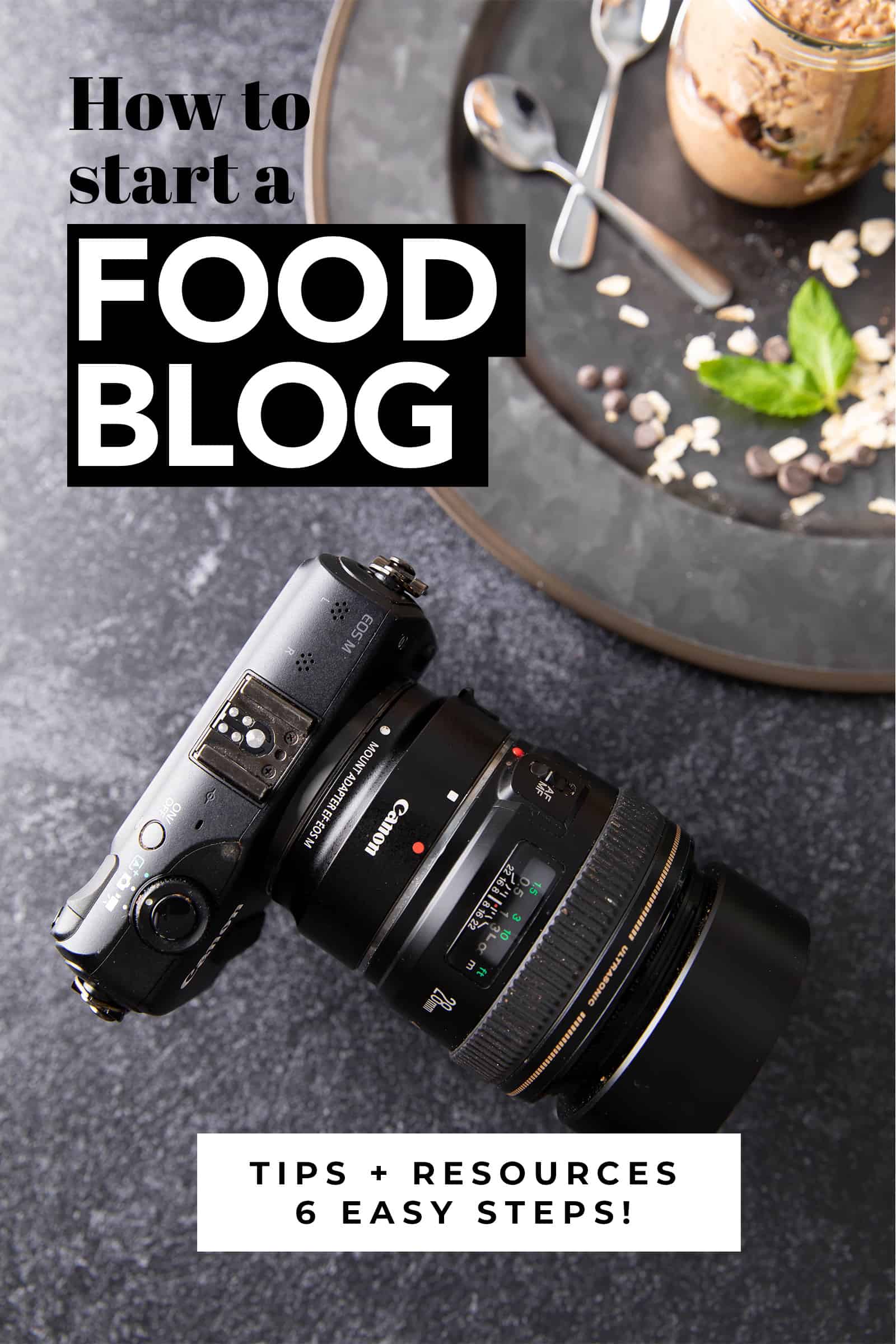
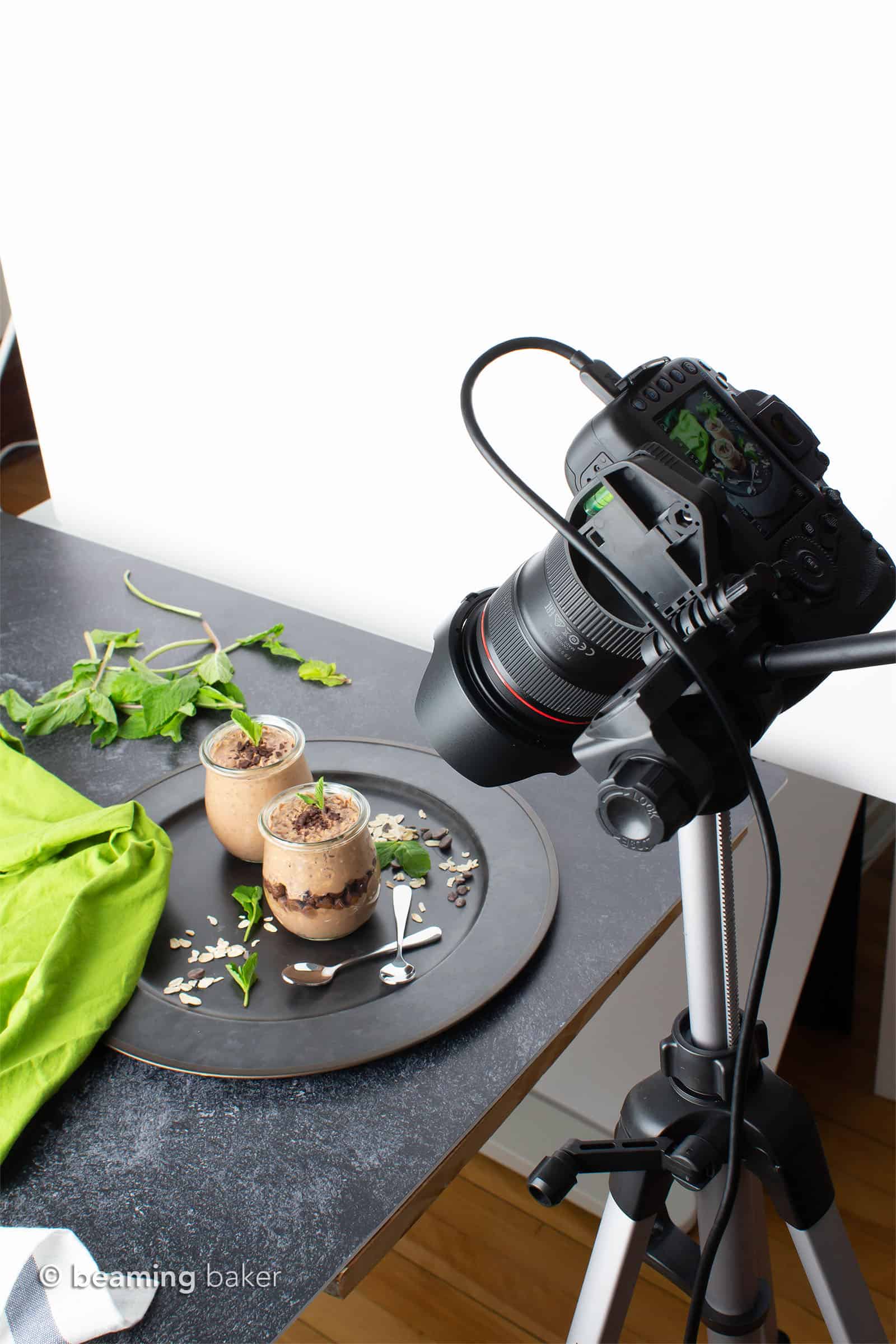

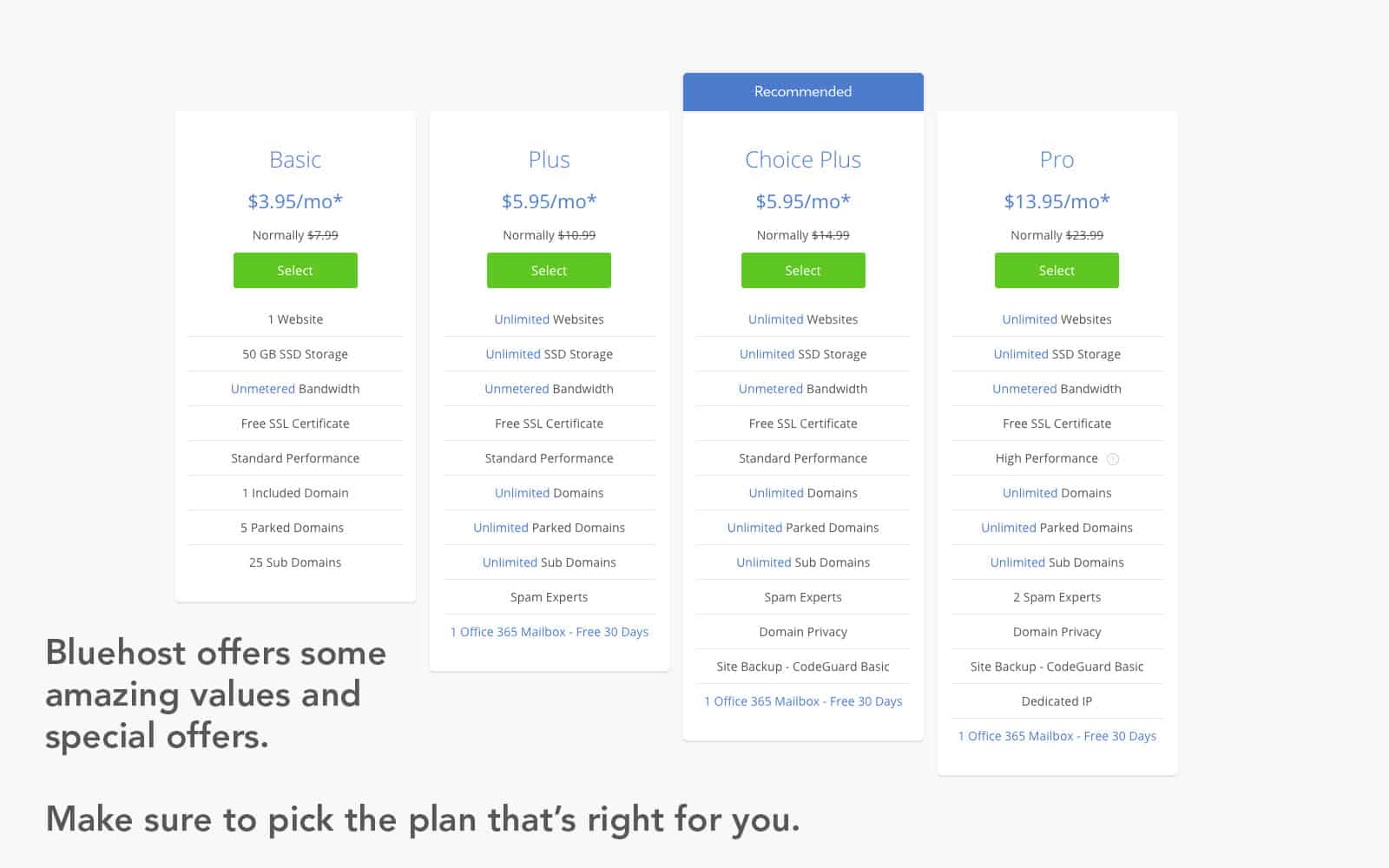
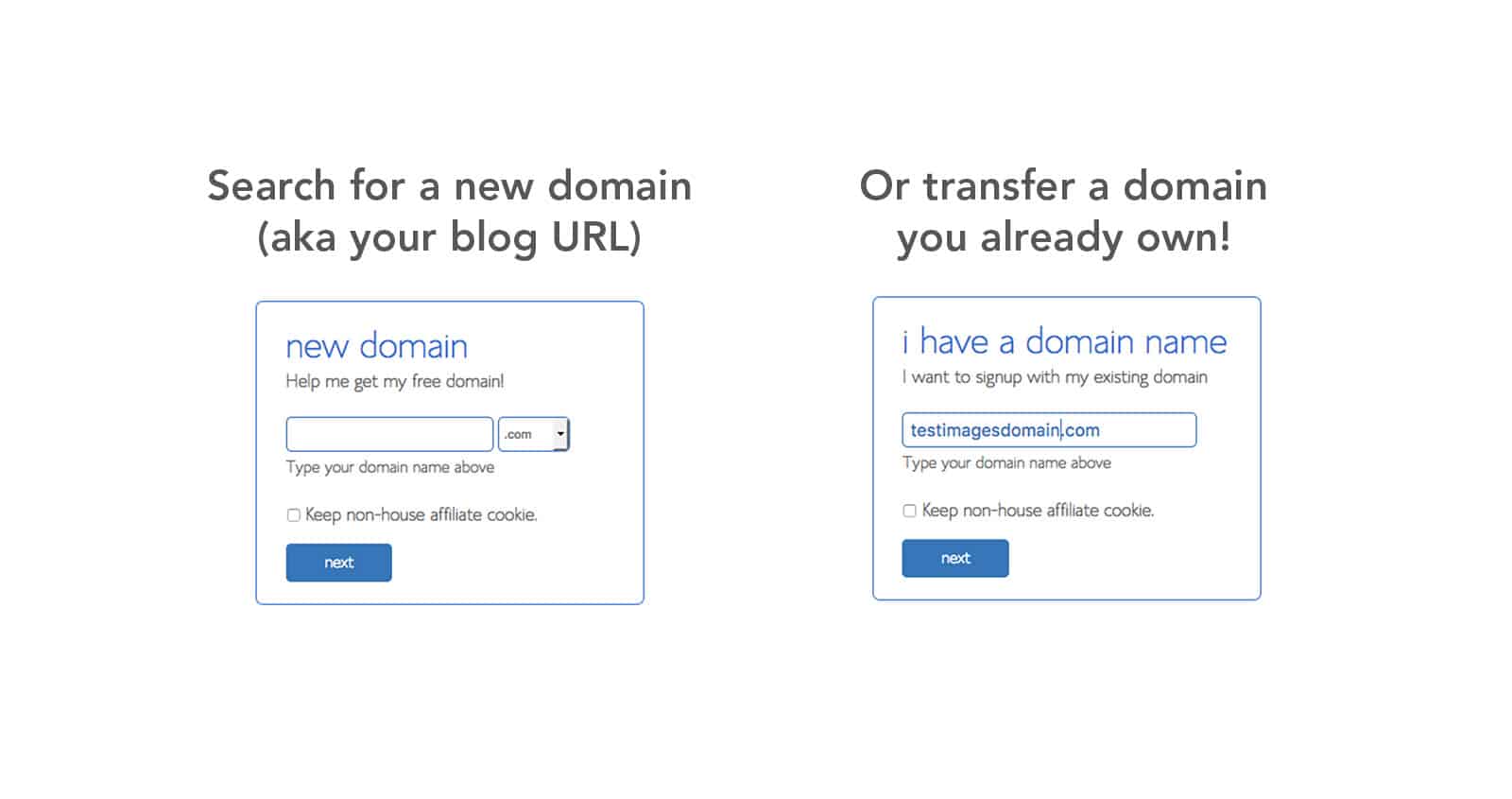
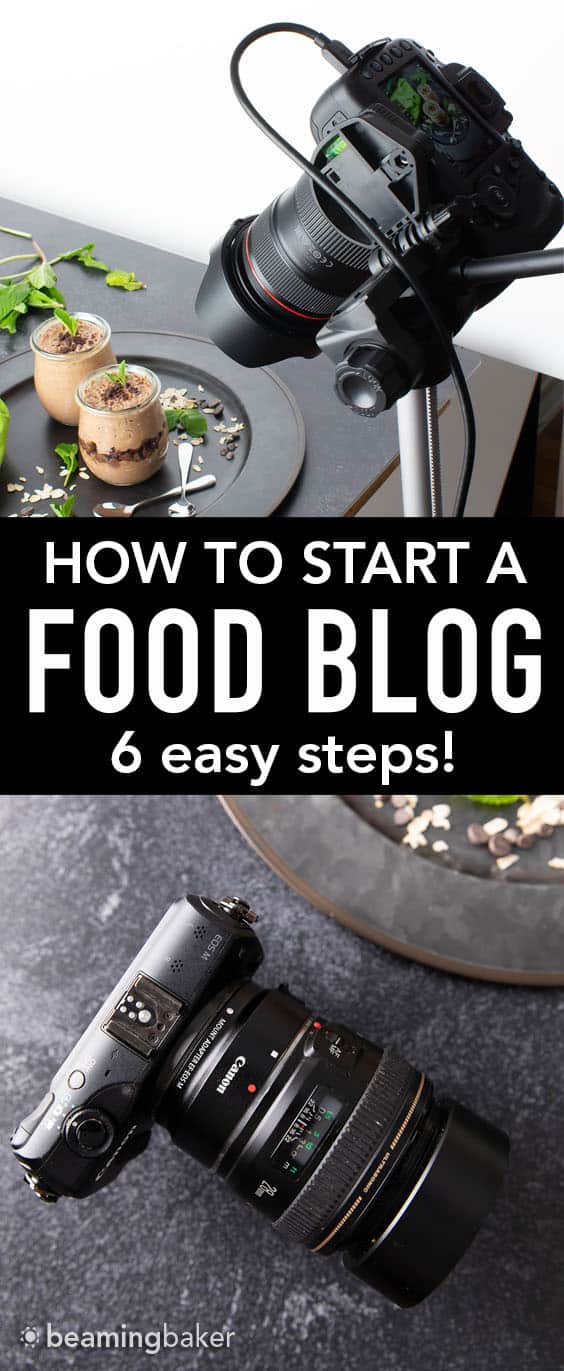


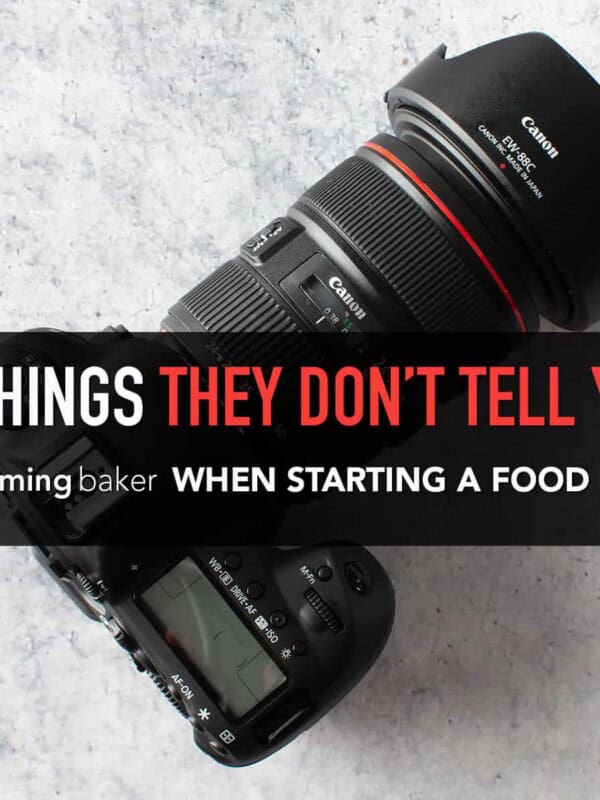
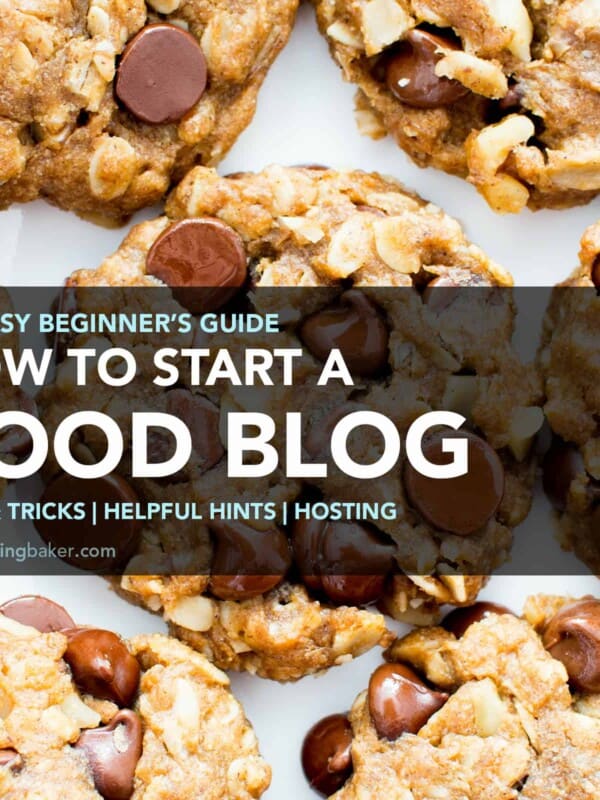








Absolutely love your blog! Keep it going, so inspiring x
Thanks so much, Semra! 🙂 I really appreciate it. Good luck to you!
It was perfect the first time. This is very really unique helpful information.I learn so much from you as well!
Thank you so much for sharing your helpful information. Keep it up.
Thanks Ghulam! 🙂 I’m so glad that you found it helpful. I hope you enjoy my next food blogging tips post!
Inspiring blog
I wish I’d had all of these amazing tips when I started out ~ great post!
Thank you Sue! .
This is such a great post full of helpful tips! I wish I had ready this when I started my blog all those years ago. I may have not made as mny mistakes!!
LOL I know what you mean! But at least those mistakes helped us learn and grow. 🙂
Great information for a newbie! Thanks for sharing!
You’re so welcome Julie! . I hope these tips help you out!
So many great tips here. Starting a food blog was one of the best things I ever did.
Same here Dannii! Glad you enjoyed the tips. 🙂